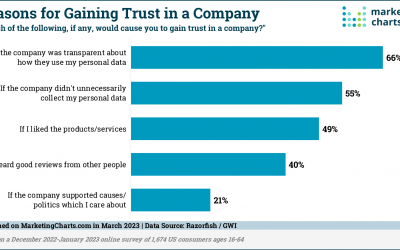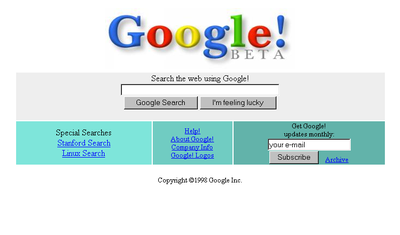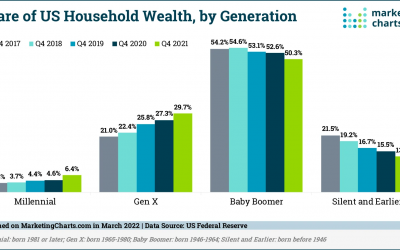Are you the type of person who jumps out of bed in the morning full of energy and ready to take on the world? Or are you like the rest of us adults who start a little slower, with a morning routine that perhaps includes a cup of coffee to perk up your senses and as...
Marketing and Advertising Insights
It’s Not Just The Facts Ma’am
First a few facts... We've gone thru a challenging number of years in the political world as divisions between Republicans and Democrats have become more prominent, at least at the national level in our country. Those on the left accuse those on the right of not...
Timely Marketing Principles That Are Timeless
It's been two full decades that I've been in the advertising, media and marketing world in Fort Wayne, Indiana, non-stop. During the past twenty years, there have been a lot of changes in technology and how the world operates. However, no matter what the...
Is It A Thing or Is It A Fad?
Let's jump into this topic headfirst with the reason I'm talking about this subject right now. Around July 5th, a new social media app, Threads was launched and it's been all over the news because... well.. the news media thinks it's newsworthy. Threads is connected...
The Long Game
When I say the word "Future", how far off in the future does your mind think? Is the Future 5 years away? Is the Future 20 years away? Is the Future next week or even next month? Does it hurt your brain to think beyond today? Here in the United States we live in short...
Win Their Hearts Or Lose Their Business
Numerous times I've talked about Trust being the biggest Human Relationship Factor that you and your business need to earn and protect when it comes to the success of your business in the eye of the public. I just saw an article published by MarketingCharts.com that...
Google is the Wrong Answer
I was in a meeting with a business owner this month and as we were doing our usual "Discovery" meeting, one of the questions that was asked was: Where are your current customers coming from? He answered, "Google" Bzzzzzz. Wrong answer. Well, perhaps it was really the...
The Purpose of Your Advertising
The Purpose of Advertising is to let others know about you, your stuff, or your brand in such a manner that it has an impact. And before I go any further, the other distinction that Advertising has over other forms of communication is that you pay for it. It's not...
Where’s The Money in 2023?
Depending on where you get your news and information, you've probably heard a lot of Gloom and Doom stories about the economy. Some say we're in a recession, others say "no, not yet, don't label it with the R word." Some blame the President, others blame the previous...









